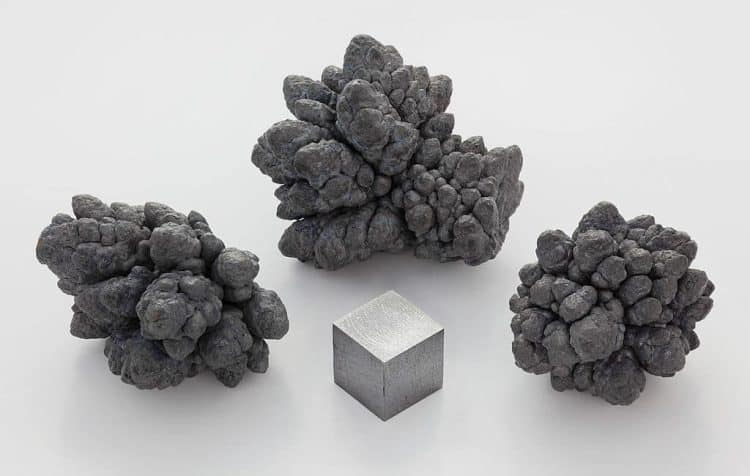Lead (Pb) was the father of all metals. Such was its power that it conquered ancient Rome, poisoning and crumbling an Empire. The versatile metal found countless uses in the 21st century that continue to the present day. One such use is to improve the malleability of cannabis vape cartridge metals. Unfortunately, the lead is leaking out of cartridge parts and into concentrates. And a recent study on e-cigarettes revealed that lead exposure can occur via metallic particles (likely solid) in aerosol. [1]
In 2019, analytical labs in California failed a number of disposable vape cartridges sold via the recreational market due to excess levels of lead. Michigan uncovered a similar problem. Chinese manufacturers had been following a standard of 4%, or 40,000 parts per million (ppm). This standard was dated, and recently, much lower figures have been recommended.
It gets even stickier: individual states determine lead limits for cannabis products. California stipulates that lead should not exceed 0.5 ppm. Obviously, that’s a lot less than 40,000 ppm. Narrow failures in California apparently even included CCELL. The company quickly adapted and published new passing tests. But some states (e.g., Oregon) do not require heavy metals testing whatsoever. And analytical labs may produce disparate results.
The Centers for Disease Control & Prevention (CDC) points out that “No safe blood lead level has been identified.” The saturnine metal is so dangerous that the Lead Contamination Control Act of 1988 empowered the CDC to create over 60 nationwide childhood exposure prevention programs. The World Health Organization (WHO) considers it one of 10 chemicals of “major public health concern.”
Lead is flexible: it poisons with acute high doses and chronic low doses. It may build up for years and strike without warning. In the body, it generates enormous oxidative stress and replaces critical cations (e.g., Na+ and Ca2+). [2]
Inhaling lead may result in poisoning. The Mayo Clinic describes basic adult symptoms as high blood pressure, mood disorder, muscle/joint pain, and miscarriage, among others.
Lead collects in and releases from bone. In terms of toxicology, it produces widespread and disturbing effects [2]:
- Central/peripheral nervous system: reduces attention span, lowers IQ, impairs nerve impulse transduction (motor skills), causes delirium and coma
- Hematopoietic system: interferes with hemoglobin synthesis, makes erythrocyte
cell membranes fragile, incites anemia
- Renal: damages tubular transport and causes Franconi syndrome; chronic exposure may cause renal breakdown
- Cardiovascular: causes hypertension and ischemic heart disease
- Reproductive: lowers libido, alters sperm, causes infertility, and damages fetal development [2]
The best way to avoid it is by choosing lead-free products (e.g., 100% ceramic). Any metal carts — and especially those manufactured in China — may be loaded with lead.
Image: Alchemist-hp FAL
References
- Olmedo, Pablo, et al. “Metal Concentrations in e-Cigarette Liquid and Aerosol Samples: The Contribution of Metallic Coils.” Environmental Health Perspectives, vol. 126, no. 2, 2018, p. 027010, doi:10.1289/ehp2175. Journal Impact Factor = 8.05, Times Cited = 27
- Flora, Gagan, et al. “Toxicity of Lead: A Review with Recent Updates.” Interdisciplinary Toxicology, vol. 5, no. 2, Sept. 2012, pp. 47–58., doi:10.2478/v10102-012-0009-2. Journal Impact Factor = N/A, Times Cited = 645












